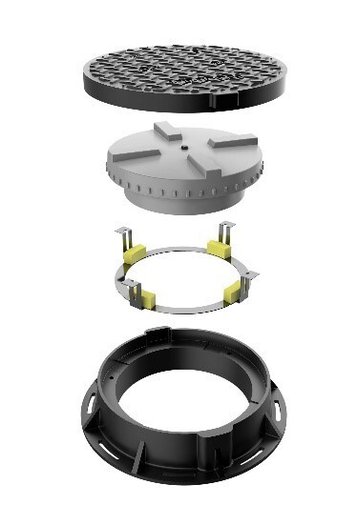Ericsson has been selected by Japanese operator KDDI as a partner for what Ericsson claims to be Japan's first underground 5G base stations.
The Swedish vendor announced its partnership last week, noting that it will support KDDI in deploying “manhole-shaped” 5G base stations and supplying sub-terrain antennas.
According to Ericsson, vault base stations enable service providers and cities to place equipment in existing underground vaults, with fiber and power infrastructure connected to antennas on the ground level, allowing for a fast permit process and deployment, while ensuring no visual impact on street environments.
KDDI is the first operator in the country to begin operating vault 5G base stations.
Japan has identified vault base stations as alternatives to base stations that have been installed on steel towers and building rooftops, where installation challenges have arisen because of restrictions on base stations in scenic areas due to landscape considerations.
This led the Ministry of Internal Affairs and Communications (MIC) to enact a new system of radio wave protection guidelines for these base stations in July 2021, which has made their construction and operation possible in the country.
Ericsson said its sub-terrain antennas can provide connectivity in confined spaces such as manholes where fiber and power exist and where the installation of standard sites is not possible.
As it's installed underground, the antenna provides optimal radiating characteristics (MIMO) upward in built-up environments while being less susceptible to wind load.
The vendor added that its underground sites can be deployed in streets, squares, shopping areas, and whenever site permission for outdoor antennas cannot be obtained in dense urban scenarios.
Earlier this year, KDDI kicked off commercial deployment of its Open RAN (O-RAN)-compliant 5G Open Virtual Radio Access Network (Open vRAN) sites in Japan. The operator worked with Samsung and Fujitsu to deploy the technology, switching on sites in Osaka.




